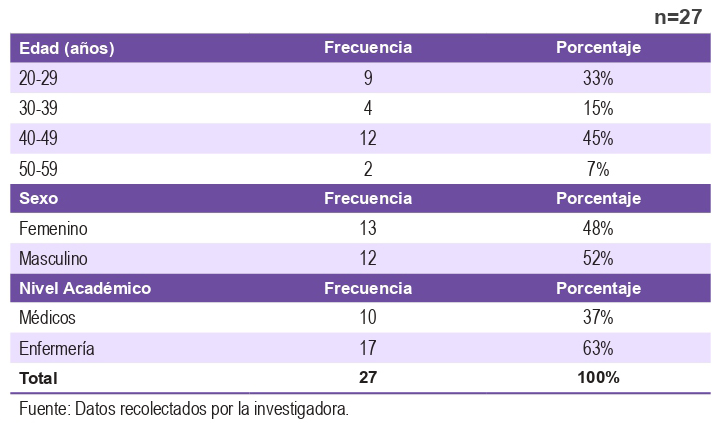Hand hygiene situation among staff in the Urology Department. Hospital de Clínicas, Paraguay-2023
DOI:
https://doi.org/10.18004/anales/2024.057.02.40Keywords:
hand washing, pathogenic microorganisms, correct practicesAbstract
Healthcare workers' handwashing is essential for preventing Healthcare-Associated Infections. Non-compliance with this correct practice promotes the spread of pathogenic microorganisms. The objective was to identify the hand hygiene situation of healthcare personnel in the Urology service at Clinics Hospital in 2023. The study was observational, correlational, and conducted at Clinics Hospital. The study population consisted of 27 healthcare personnel. Regarding sociodemographic data, 52% are male and 48% are female. The average age predominantly falls within the ranges of 20 to 29 years (33%) and 40 to 49 years (45%). Regarding the presence of common bacteria on the hands of healthcare personnel, Staphylococcus spp. was identified in 54% of cases, while Pseudomonas was found in minimal amounts (4%), and there was no development of bacteria after 6 days of incubation on average (42%). Regarding antibiotic resistance among healthcare personnel, 28% corresponded to Erythromycin, 24% to Clindamycin, 17% to Oxacillin, 9% to Rifampicin, 7% to Trimethoprim+Sulfamethoxazole, and 5% to the following: Ciprofloxacin, Tetracycline, Gentamicin, with the vast majority showing resistance to Gram-positive microorganisms like Staphylococcus aureus. Healthcare personnel
demonstrate acceptable performance in preventing bacterial presence, although there is still room for improvement. It is recommended to review and strengthen practices to prevent bacterial presence.
Downloads
Metrics






